On October 10th, Nikon officially released the Z-port system’s first entry-level, non-reflexive machine Z 50, which is priced at 5,880 yuan.
Unlike the previously predicted shape, the Nikon Z 50 still uses the design of the warship head.

From the size comparison chart on the fuselage, the Nikon Z 50 will be smaller than the Nikon Z 6. Whether it’s the thickness of the fuselage, the height or the size of the handle, the Nikon Z 50 has to be compact. Bringing the size of the warship head, the Nikon Z 50 has a little feel of the Canon EOS M5.

After the size of the compressor body, the shoulder screen originally placed on the right side of the warship head was canceled. Nikon transferred the mode dial to this position and added a “video-photograph” mode switch lever beside the turntable. It is convenient for users to operate with one hand. However, the Nikon Z 50’s grip handle will be squeezed together when the Nikon Z 6 is held, and the comfort level should not be as high as the Nikon Z 6.
Like the Z 6 , the Nikon Z 50 also has two Fn function buttons next to the handle, making it easy for the user to quickly call up the corresponding function or the Fn menu when shooting.
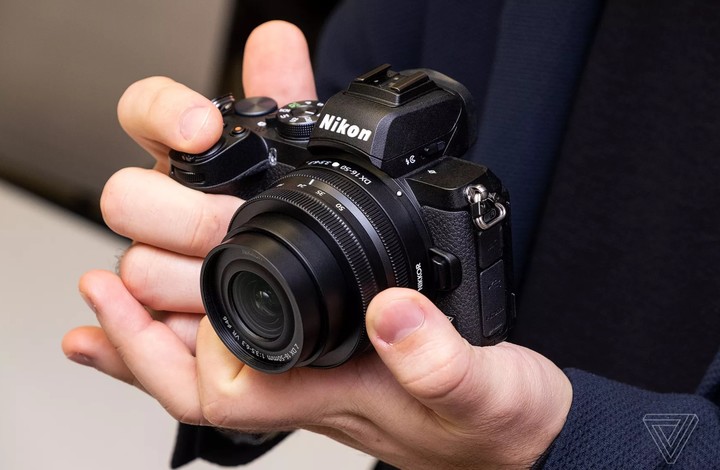
The three buttons placed behind the shutter are the video recording, ISO and exposure compensation buttons. The Nikon Z 50 also retains the front and rear double dial design. With the ISO and exposure compensation buttons after the shutter, the user can quickly adjust the aperture. , shutter and other shooting parameters. When the user chooses to shoot with EVF, the combination of these keys can improve work efficiency.
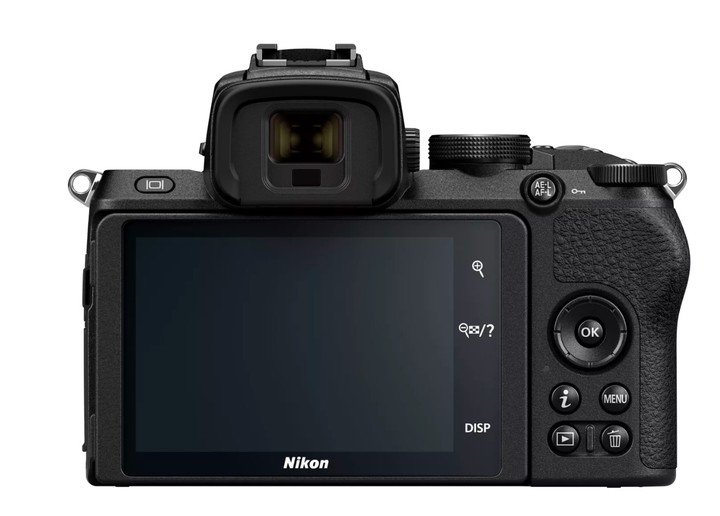
There is only one multi-directional navigation button behind the camera. The basic buttons of playback, menu, delete and information button are retained under the guide. The DSP button and focus zoom button controlled by the interface information are made into touch buttons. .
The Nikon Z 50 uses a 3.2-inch LCD touch screen with a flip-down structure that allows for a self-portrait flipping structure like the Canon EOS M5. This will turn the screen to the front for easy self-timer and Vlog.
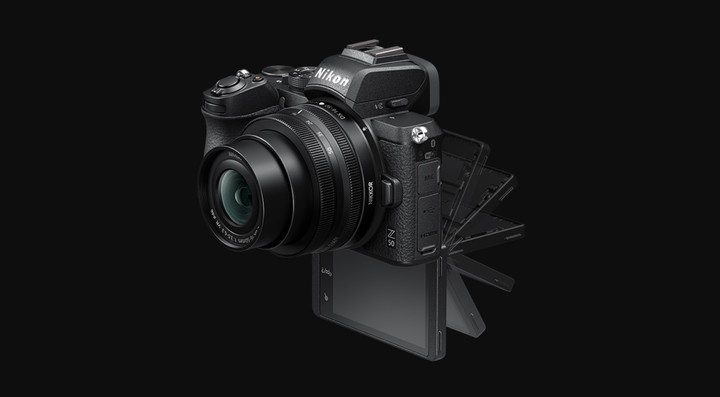
However, if you flip the self-portrait in the form of flipping down, the screen will be blocked by a tripod or hand when it is turned down. It is also very troublesome for the user to see the screen. In addition, the screen flip will also affect the stabilizer movement. For Nikon Z 50 machines without body anti-shake structure, it is difficult to maintain stability for long-term handheld self-timer video.
In this regard, the Nikon Z 50 with the up and down structure is a bit inconvenient. If you can use the rollover structure like the EOS M50, I believe it will be much more comfortable.
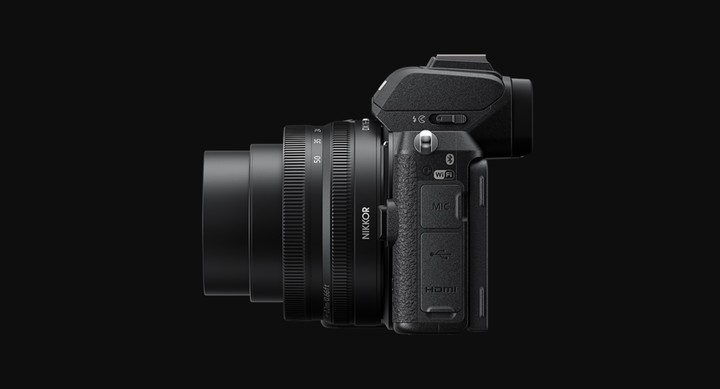
Interface, the Nikon Z 50 comes with the most basicmicroUSB data interface and 3.5mm microphone interface. For Nikon devices that cannot transmit audio through the hot shoe port, the 3.5mm interface is included to meet the needs of external microphones for general users. As for the fact that no Nikon has replaced the USB-C interface here, but continues to use the microUSB interface, it feels a little pity.
If the Nikon Z 50 can be equipped with a USB-C interface for transferring photos directly, it is much more convenient for users to save photos outside.
The card slot, the Nikon Z 50 still uses the most basic SD card slot to support UHS-I.
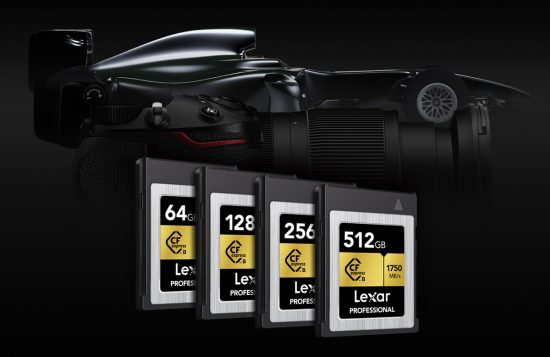
▲New ads for Lexar XQD memory cards
For entry-level machines, it is normal to have no dual card slots and support for XQD or UHS-II. Plus, whether it is the flagship fuselage launched before or the advertising linked with Lexar, Nikon currently wants to guide users to the XQD memory card camp, so in the future, Nikon’s main force should still be XQD, but will not be in the second It is not clear that UHS-II is supported on the card slot.
The body configuration is similar to what was previously predicted. The Nikon Z 50 is equipped with a 20 megapixel APS-C sensor that supports up to 11fps continuous shooting. The body is equipped with 209 phase-focus AF systems that can still focus in the -4EV range, with standard ISO ranges from 100-51200.
Video, the Nikon Z 50 supports no cropping 4K 30P video capture, and also supports 1080P 120fps slow motion shooting. Body support Wi-Fi, users can transfer photos and videos to their mobile phones via Wi-Fi for editing, so that users can take short videos from the camera and send them to the video platform.
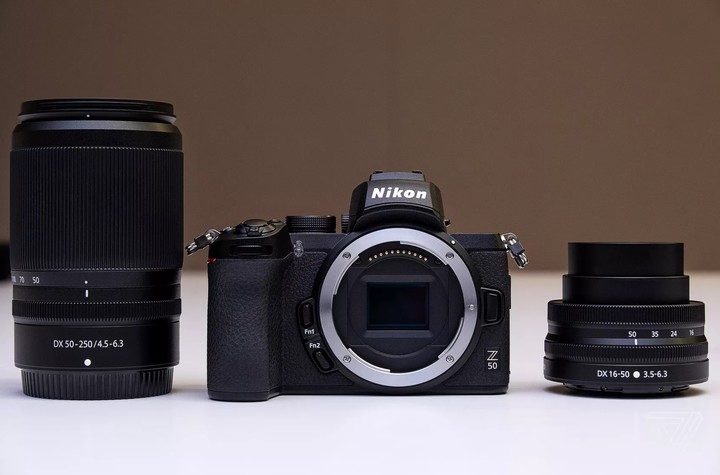
In addition to the fuselage, Nikon also released two APS-C format sleeves compatible with the Nikon Z 50:
- Z DX 16-50mm F3.5-6.3 VR
- Z DX 50-250mm f / 4.5-6.3 VR
Z DX 50-250mm f / 4.5-6.3 VR is a regular entry-length zoom that meets the needs of ordinary users for long-distance shooting. The Z DX 16-50mm F3.5-6.3 VR is a standard “cookie” ferrule. The compact size and Z 50 body can ensure the portability of the body. Users who want to use it to record their lives should also use it. very convenient.
In general, the Nikon Z 50 is a product for beginners and a new entry point for the Nikon Z mount. This entrance can help Nikon attract more newcomers to the anti-system.
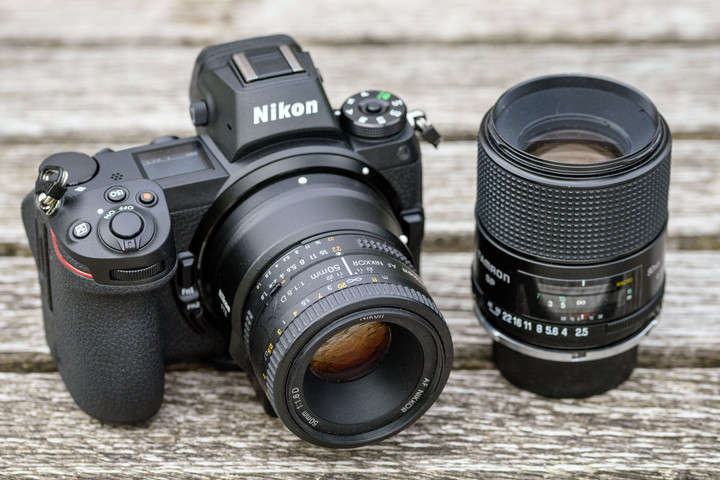
At the same time, Nikon already has a mature Z-mount F-mount adapter ring. If you encounter a Nikon user of the old machine, you can also make a low-cost attempt through the Z 50. With the entry-level body, you can also transfer the cheap lens that was previously accumulated on the F-mount.
Moreover, the biggest advantage of the Nikon Z mount is that the flange distance is short and the transfer space is larger. If there are more manufacturers in the future to develop the Z-mount adapter ring, it can also enrich the gameplay.
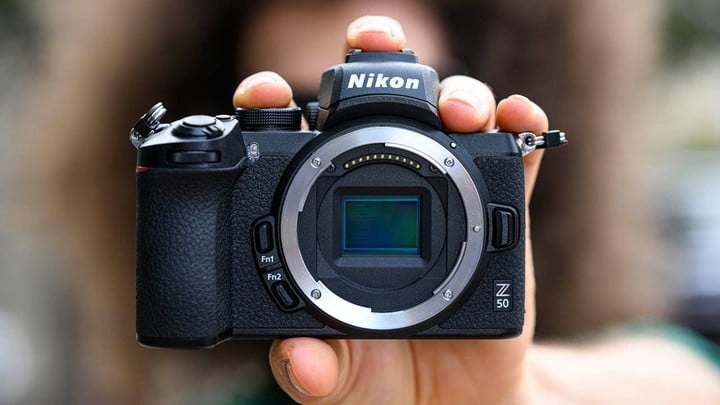
As mentioned in the predictions, the appearance of the Z 50 is a positive sign for users who want to enter Nikon and Nikon itself. If Z 6 and Z 7 are the ace of Nikon to attract professional users, then the Z 50 is the first step they want to capture the entry market.
Illustrations are from: The Verge